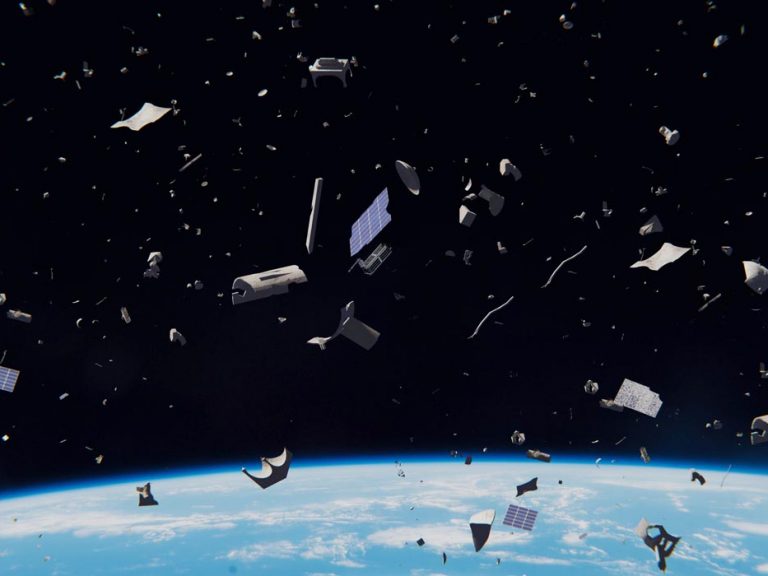FCCの新しいスペースデブリ規則が運用と持続可能性に与える影響
討論会を開催しますので是非ご参加ください。ご都合が悪く参加できない方のためには以下のコンテンツを配信します。
パネリストからのコメント抜粋
Dan Oltrogge:「今回の要件が承認され正式に規則となった場合、連邦通信委員会(FCC)の報告および命令(R&O)は物理的に大きな変化を起こします。」
「長期的な持続可能性のためのスペースデブリ3つのメカニズム:予測可能な衝突の回避(予防)、大型デブリの除去(修復)、新しいデブリ生成の抑制(低減)。」
Marlon Sorge:「問題は、一連のルールをまとめようとすると、行動のバランスを取ることになり、守ろうとしていることと、達成しようとしていることのバランスをとろうとしてしまうことです。」
「筋道を通し、バランスをうまくとって、これらのルールをまとめるのは大変です。米国だけといったひとつの国で適用されるルールを開発するのでなく、他の国々や国際機関にも同様の行為を起こさせる方法を見つける必要があるということが余計に事態を困難にしています。」
「宇宙の本質的な利点と問題のひとつは、それが本来国際的なものであるということです。」
John Janka:「FCCによる全体状況の分析が今後行われない場合、宇宙の安全は危機にさらされます。その理由は単純で、近いうちに、宇宙の利用の仕方に、根本的な変化が生じるからです。」
「操作不能な小型衛星を過密状態の軌道に投入することは、高速道路にゴーカートを走らせるようなものです。」
Charity Weeden: 「軌道上の良き隣人となり、周囲の物にぶつかったり、ぶつかられたりしないでください。そして、任務が終わったら邪魔にならないように軌道から外れてください。25年後ではなく、できるだけ早いうちに。」
「判明していないのは、オペレーターがいつでも軌道に衛星を投入することが許可されている高度400〜650kmゾーンにおける運用を終えた衛星の数です。400〜650kmの範囲は、廃棄期限である25年以内に軌道離脱するために、大気圏再突入できるレベルまで全衛星の高度を下げた場合の、予期せぬ結果の犠牲になります。」
宇宙ベースのサービスが地球での生活にとって欠かせないことが証明され、何千もの衛星が新たに軌道上に投入されることが計画されているため、安全で秩序ある宇宙環境を維持する緊急性はかつてないほど高まっています。
FCCは、新しいスペースデブリ低減規則の報告と命令を回覧し、FCCの委員は、4月23日にこの規則に関し投票する予定です。この規則は、機動性、情報開示、協力と調整、ミッション終了後の処分基準における、新たな期待感を生んでいます。これに対し、宇宙コミュニティからは賞賛と批判の両方の声が上がっています。
この新しい規制が意味するものは何でしょう?そしてそれは宇宙運用における持続可能性をどの程度前進させるのでしょう?アストロスケールUSの主催により、新しい宇宙時代の到来にあたってのこの規制の重要性について、業界や政府の専門家とのオンライン対話を実施しますので、是非ご参加ください。
このイベント体験をより実り多いものにするために、FCCWebサイトにて規制の草案を読むことを推奨します 。
詳細
4月23日木曜日(東部標準時午後2時30分から午後4時)
議題:
2:30 pm:開会の辞
2:45 pm:パネルディスカッションと参加者による質疑応答
司会
Therese Jones
衛星産業協会
パネリスト
Dan Oltrogge
Analytical Graphics, Inc.宇宙における基準と革新センター
Marlon Sorge
The Aerospace Corporation軌道および再突入デブリ研究センター
Charity Weeden
アストロスケールUS
John Janka
Viasat

 米国のサイトにアクセス
米国のサイトにアクセス




